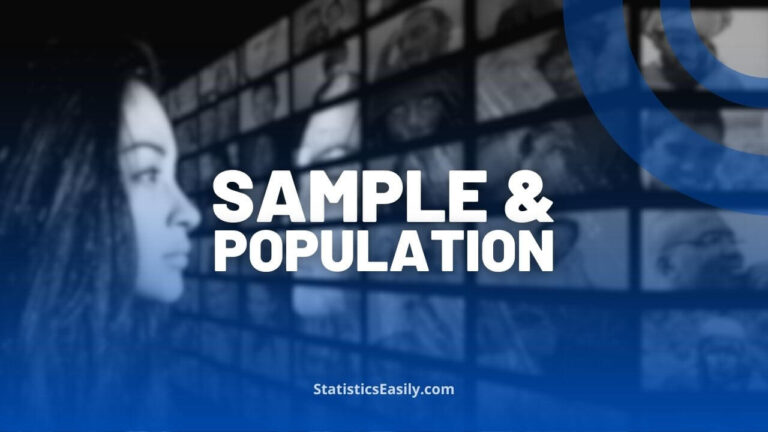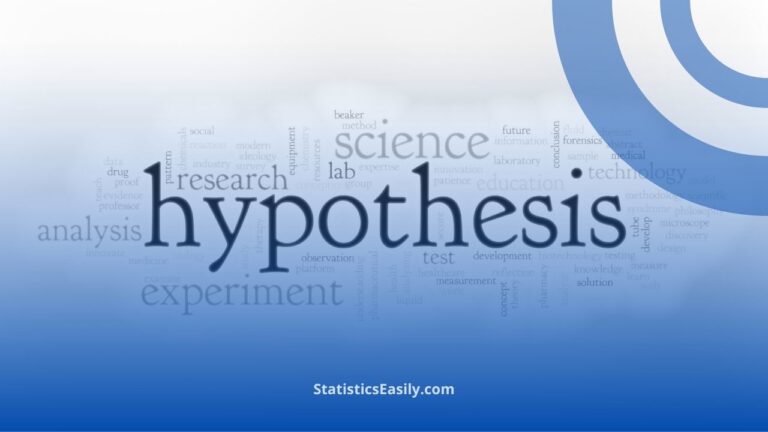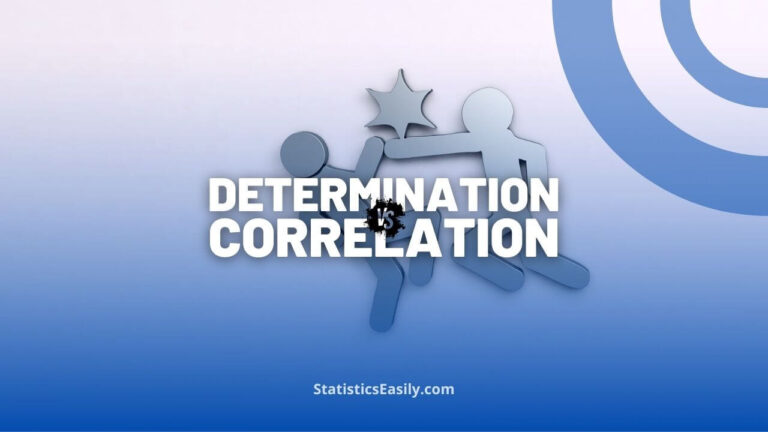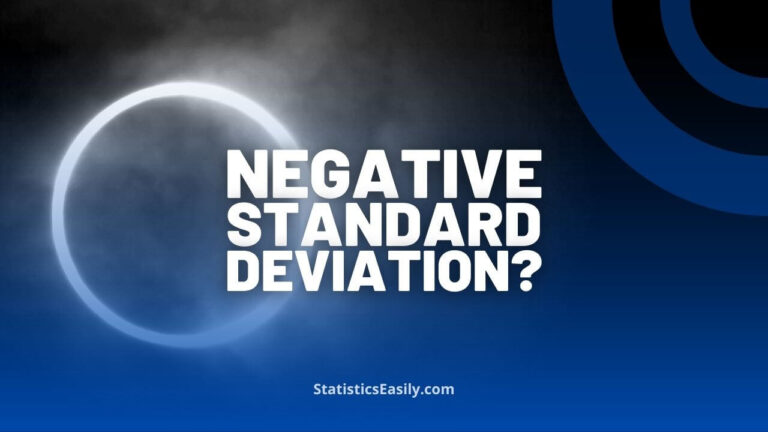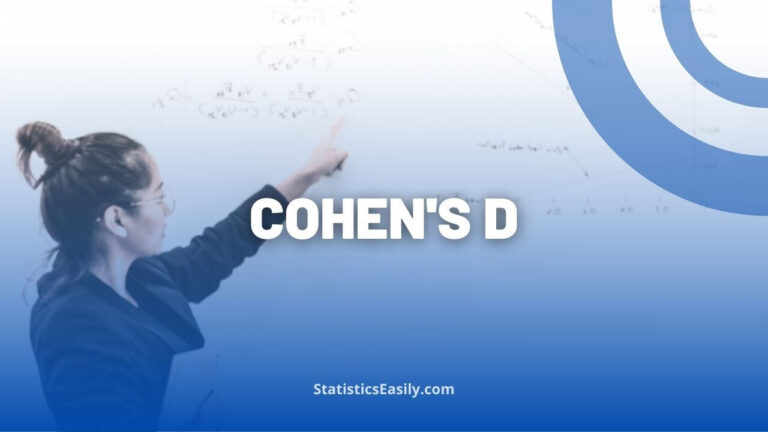Setting the Hypotheses: Examples and Analysis
You will learn the foundational principles and methods of setting hypotheses in scientific research for robust data analysis.
Introduction
In scientific research, the formulation of hypotheses stands as a cornerstone, guiding the trajectory of inquiry and analysis. Setting hypotheses is not merely a procedural step; it embodies a profound commitment to uncovering and understanding the deeper truths embedded within data. This process begins with clear and transparent definitions of hypotheses — statements that propose potential outcomes based on observed phenomena or established theory.
The significance of setting hypotheses extends beyond mere prediction; it represents a commitment to an objective and ethical approach to scientific exploration. In forming a hypothesis, researchers lay the groundwork for seeking answers and pursuing truth. This pursuit demands rigor, honesty, and a deep respect for the integrity of data and the scientific method.
Highlights
- A null hypothesis is a standard for testing statistical significance in research scenarios.
- Alternative hypotheses propose a change, effect, or difference guiding scientific exploration.
- Statistical significance in hypothesis testing reflects the truthfulness of data interpretation.
- Ethical hypothesis setting is crucial for maintaining the integrity of scientific research.
- Proper hypothesis formulation aids in uncovering deeper truths in complex data sets.
Ad Title
Ad description. Lorem ipsum dolor sit amet, consectetur adipiscing elit.
Understanding Hypotheses
The role of hypotheses is pivotal in the scientific quest for truth. A hypothesis in research is more than a mere guess; it’s a structured proposition that lays the foundation for empirical testing and discovery.
Null and Alternative Hypotheses
Null Hypothesis (H0): This hypothesis posits no significant effect or difference in the study’s context. It serves as a default position that the research aims to test against. For example, in a drug efficacy study, the null hypothesis might state that the drug does not affect a disease.
Alternative Hypothesis (H1 or Ha): Contrary to the null, the alternative hypothesis suggests that there is a significant effect or difference. It represents what the researcher aims to support or discover through the study. Following our example, the alternative hypothesis would be that the drug significantly affects the disease.
The integrity of these hypotheses is paramount. Their formulation must be clear, unbiased, and based on existing knowledge. The process of hypothesis setting is a testament to the researcher’s commitment to an honest exploration of truth.
Philosophical and Ethical Importance in Hypothesis Formulation
Formulating hypotheses is not just a scientific task but also a philosophical and ethical one. Each hypothesis carries within it a piece of the researcher’s integrity and a fragment of the scientific community’s quest for truth.
Honesty and Objectivity: The essence of a reasonable hypothesis lies in its ability to be tested and potentially falsified. Hypotheses should be formulated without bias, and researchers must be prepared to accept results even if they contradict their expectations.
Ethical Considerations: The hypotheses set the direction for the research and, as such, should reflect the moral standards of scientific inquiry. They should respect the natural order and aim to enrich our understanding of the world without causing harm.
Example-Based Guide to Setting Hypotheses
This section offers a detailed exploration of various scenarios, showcasing the practical application of hypothesis formulation and testing.
Example 1: One Categorical Variable – Proportion of Vegetarians
- Contextualization: Assessing dietary choices in a population to understand vegetarianism’s prevalence.
- Research Question: Is the proportion of vegetarians in the population different from 15%?
- Response Variable: Dietary choice (vegetarian or non-vegetarian).
- Explanatory Variable: –
- Null Hypothesis (H0): The proportion of vegetarians in the population is 15%.
- Alternative Hypothesis (H1): The proportion of vegetarians in the population is not 15%.
Example 2: One Measurement Variable – Average Sleep Duration
- Contextualization: Exploring sleep patterns to assess general health and well-being.
- Research Question: Is the average sleep duration in the population different from 7 hours?
- Response Variable: Sleep duration per night.
- Explanatory Variable: –
- Null Hypothesis (H0): The average sleep duration in the population is 7 hours.
- Alternative Hypothesis (H1): The average sleep duration in the population is not 7 hours.
Example 3: Two Categorical Variables – Exercise and Stress Levels
- Contextualization: Investigating the relationship between regular exercise and stress levels.
- Research Question: Is there an association between regular exercise and reported stress levels?
- Response Variable: Reported stress level (high or low).
- Explanatory Variable: Exercise frequency (regular or irregular).
- Null Hypothesis (H0): No association exists between exercise frequency and stress levels.
- Alternative Hypothesis (H1): There is an association between exercise frequency and stress levels.
Example 4: Categorical and Measurement Variable – Income and Education Level
- Contextualization: Studying the impact of education on earning potential.
- Research Question: Is there a difference in average income between individuals with a college degree and those without?
- Response Variable: Average income.
- Explanatory Variable: Education level (college degree or no college degree).
- Null Hypothesis (H0): There is no difference in average income between individuals with a college degree and those without.
- Alternative Hypothesis (H1): There is a difference in average income between individuals with and without a college degree.
Example 5: Two Measurement Variables – Exercise Intensity and Heart Rate
- Contextualization: Analyzing the physiological impact of exercise intensity.
- Research Question: Is there a relationship between exercise intensity and heart rate?
- Response Variable: Heart rate during exercise.
- Explanatory Variable: Exercise intensity level.
- Null Hypothesis (H0): There is no relationship between exercise intensity and heart rate.
- Alternative Hypothesis (H1): There is a relationship between exercise intensity and heart rate.
Example 6: Two Measurement Variables and a Categorical Variable – Air Pollution, Respiratory Health, and Location
- Contextualization: Evaluating the impact of air quality on health in different geographical areas.
- Research Question: Does the relationship between air pollution levels and respiratory health vary between urban and rural areas?
- Response Variable: Respiratory health status.
- Explanatory Variables: Air pollution levels and location (urban or rural).
- Null Hypothesis (H0): The relationship between air pollution levels and respiratory health does not vary between urban and rural areas.
- Alternative Hypothesis (H1): The relationship between air pollution levels and respiratory health varies between urban and rural areas.
Advanced Techniques in Hypothesis Setting
Bayesian Approaches
Contextualization: Bayesian methods offer a dynamic hypothesis setting, incorporating prior knowledge and evidence. Unlike traditional methods that rely solely on sample data, Bayesian approaches update the probability of a hypothesis as more data becomes available.
Application: In Bayesian statistics, researchers begin with a prior belief or probability about a hypothesis. This prior belief is updated as new data is collected, resulting in a posterior probability reflecting the initial understanding and the latest evidence. This approach is precious in fields with crucial prior information, such as medical research or environmental studies.
Predictive Modeling
Contextualization: Predictive modeling, often used in machine learning, involves developing models to predict outcomes based on input variables. These models can test hypotheses about relationships within data, offering insights that are not apparent through traditional statistical methods.
Application: Predictive models are built using algorithms that learn patterns from historical data. Once trained, these models can predict future or unknown outcomes. Researchers can use these predictions to test hypotheses, for example, to understand the impact of certain variables on a predicted outcome.
Ad Title
Ad description. Lorem ipsum dolor sit amet, consectetur adipiscing elit.
Conclusion
In exploring “Setting the Hypotheses: Examples and Analysis,” we have journeyed through the foundational principles and intricate processes underpinning hypothesis formulation in scientific research. From the fundamental roles of null and alternative hypotheses to the varied examples demonstrating their practical application, this article has aimed to provide a comprehensive understanding of this pivotal aspect of scientific inquiry.
Key Takeaways:
- Essential Role of Hypotheses: We’ve seen how hypotheses act as the guiding stars of research, proposing potential outcomes and steering investigations.
- Importance of Clarity and Objectivity: Formulating hypotheses requires clear, unbiased thinking grounded in existing knowledge and data.
- Advanced Techniques: Incorporating sophisticated methods like Bayesian approaches and predictive modeling exemplifies the evolving nature of hypothesis setting, demanding both statistical expertise and ethical consideration.
- Ethical Imperative: Setting hypotheses is not merely a technical task; it carries an ethical weight, necessitating honesty, objectivity, and a commitment to the greater good.
Recommended Articles
Discover more insights into data analysis and scientific integrity by exploring our range of articles on similar topics here.
Frequently Asked Questions (FAQs)
Q1: What is a Null Hypothesis? It’s a statistical baseline assumption that indicates no effect or difference in the study.
Q2: Why is an Alternative Hypothesis Important? It proposes a potential effect or difference, guiding researchers in investigating new truths.
Q3: How does Hypothesis Testing Relate to Data Integrity? Accurate testing reflects the ethical pursuit of truth in scientific research.
Q4: When should you use a one-sided vs. two-sided hypothesis? One-sided for specific direction effects; two-sided when any significant difference matters.
Q5: What Role Does Statistical Significance Play in Hypotheses? It determines if the results support or refute the null hypothesis, guiding truth in conclusions.
Q6: How Do Hypotheses Impact Scientific Discovery? They form the foundation for exploring new areas and uncovering more profound insights into data.
Q7: What are Common Errors in Hypothesis Testing? Misinterpretation of results and bias in hypothesis formulation can lead to erroneous conclusions.
Q8: How do you formulate a strong hypothesis? By ensuring it is testable, relevant, and based on existing knowledge and ethical principles.
Q9: What is the Difference Between Hypothesis and Theory? A hypothesis is a starting assumption for testing, while a theory is a well-tested explanation.
Q10: How Does Hypothesis Testing Contribute to Data Science? It provides a structured approach to testing and validating data-driven insights.




